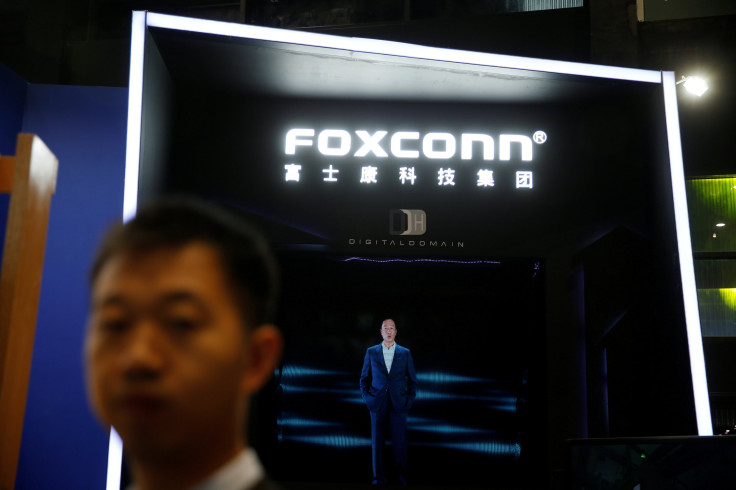Foxconn replacing humans with robots; Apple supplier may expand in US due to fully-automated factories

Foxconn Electronics has started a massive automation drive in its factories and has replaced 60,000 human workers with robots. The initiative is to be rolled out in three phases, by the end of which, all its factories will be fully automated.
As part of the first phase, Foxconn Automation Technology Development Committee’s general manager, Dai Jia-peng, said that Foxconn is aiming to set up individual automated work stations for dangerous tasks that workers don’t want to carry out. In phase 2, the company will automate entire production lines to lower the number of robots required for the company's manufacturing processes.
Finally, the third phase will see entire factories being automated with a small number of workers in production, logistics, testing and inspection processes.
“Foxconn's factories in Chengdu, western China, Shenzhen, southern China, and Zhengzhou, northern China, have been brought to the second or third phase, Dai said. There are 10 lights-out (fully automated) production lines at some factories, including table one in Chengdu, AIO (all-in-one) PC and LCD monitor lines at a factory in Chongqing, western China, and a CNC line in Zhengzhou,” Jia-peng hinted, reports DigiTimes.
Industrial robots that are developed and produced in-house at Foxconn China factories are known as Foxbots and Foxconn has already deployed 40,000 of these. The company is also developing other industrial robots that will be used in medical care. Foxconn currently produces around 10,000 Foxbots a year. Foxconn is also an Apple supplier, which means, future iPhones will be manufactured by robots.
Fully-automated factories will also allow Foxconn to expand into the US that they have not been able to do up to now due to higher labour costs in the country. Replacing humans with robots not only improves productivity and efficiency but also provides a long-term benefit of reduced costs, reports Tech Times.



















